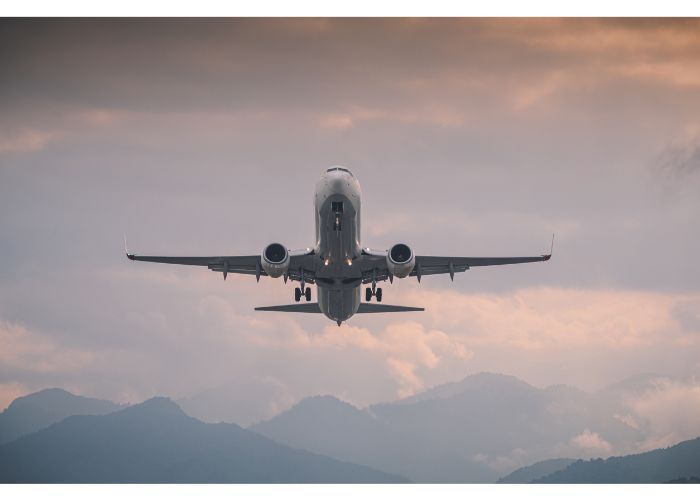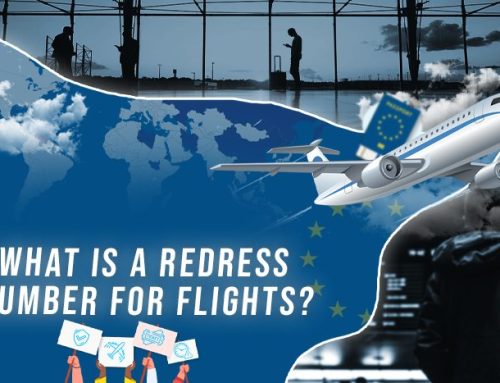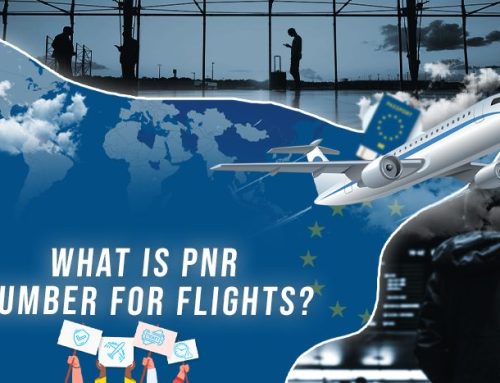When you’re in a car, it’s easy to flip the car in reverse as needed, allowing you to back up and course correct. It’s not that easy when you are flying a plane. It does not have a reverse feature, so you’re not able to fly backward in an airplane. When you’re in the air, you will need to circle if you need to go back. If you’re on the ground, you need a little help to go backward. Here’s all you need to know about how planes can go in reverse.
Key Takeaways
- Unlike cars, airplanes lack the mechanical capability to fly in reverse. When in the sky, planes must follow alternate routes or circle back if necessary, guided by air traffic control, to correct their course.
- On the ground, planes may need to go backward for various reasons, such as accessing hangars or extending runway usage. Instead of reverse gears, specially designed pushback tractors and ground crews assist in maneuvering the aircraft into position.
- Planes do have a feature known as thrust reversers, but they are used solely for slowing down during landing and rollout. These systems redirect the engine thrust forward, helping planes decelerate safely on the runway.
- Some airports restrict the use of thrust reversers due to their powerful nature, which can stir up debris on the ground. Pilots and airlines prioritize safety and comply with airport regulations to avoid potential hazards.
- Although planes cannot fly backward independently, modern aviation practices, including air traffic control guidance and ground assistance, ensure safe and efficient air travel without compromising passenger safety.
How Can Planes Go Backward?
Planes cannot fly backward, so you will never see them going reverse in the sky. The inner workings of a plane do not have the mechanics available to go backward, nor would there be a need to do so in the sky. If you missed your route on a plane or were unable to land at an airport, you would simply loop back. The sky is wide enough for you to do so with ease!
However, there are some instances where a plane may need to go backward when it is on the ground. Maybe it needs more runway, or it has to get into the hangar. Since there are no reverse gears, you will need to get creative if you need to go backward when you are in a plane.
First, you can simply loop around if you have the space or runway to do so. You’d need to get clearance to ensure you aren’t disrupting another plane’s path, but it’s an option if the track is free.
The other option is to utilize the groundcrew and pushback tractors. These are special vehicles that attach directly to the plane to help push it back to get it in the right place. They sit low to the ground so it can get under a plane and connect it via a tow bar, kind of like a regular tow truck.
The pushback tractor will then slowly steer the plane back into place. Pilots do not help during the backup process.
What is a Thrust Reverser?

Planes can generate reverse thrust, but it’s not enough to propel them backward. Instead, this feature is used to slow the plane down. Using this feature simply reverses the direction of the plane’s thrust.
However, some airports ban the use of thrust reversers because they can be powerful, causing debris to fly on the ground. This could be dangerous to the ground crew and other aircraft, so it should be used with caution if at all.
Conclusion
Commercial planes cannot fly backward, nor can they go in reverse on their own when they are on the ground. Instead, you need to take alternate routes in you need to go backward. During flights, you will go in a loop guided by air traffic control to prevent collisions. On the ground, you will get assistance from the ground crew to go backward.
There are currently no features that allow a plane to go backward without assistance, whether on the ground or in the air.
Frequently Asked Questions
-
Can planes go backward in the air if they have strong tailwinds?
No, even if a plane experiences strong tailwinds, it cannot fly backward in the air. Tailwinds simply assist the aircraft in moving forward, but the plane’s propulsion system cannot be reversed to make it fly in the opposite direction.
-
Why don’t airplanes have reverse gears like cars?
Airplanes are designed for flight, and adding a reverse gear mechanism would complicate the aircraft’s structure and increase weight, negatively impacting fuel efficiency and overall performance. Since there is no need for planes to move backward in the sky, such a feature is unnecessary.
-
What happens if a plane overshoots its intended destination during a flight?
If a plane overshoots its intended destination or deviates from the planned route during a flight, air traffic control will work with the pilot to guide the aircraft back on track. The plane might need to circle or take an alternate route to reach the correct destination safely.
-
Are there any planes that can move backward on the ground without assistance?
As of now, there are no commercial airplanes equipped with independent reverse capabilities on the ground. All airplanes require ground assistance, such as pushback tractors and ground crew, to move backward safely when needed.
-
Can thrust reversers be used to move a plane backward on the ground?
Thrust reversers are not designed for ground movement. While they can redirect engine thrust forward to help decelerate the plane during landing, they do not provide sufficient power to propel the aircraft backward on the ground. Ground assistance is essential for backward movement when the plane is on the tarmac.







